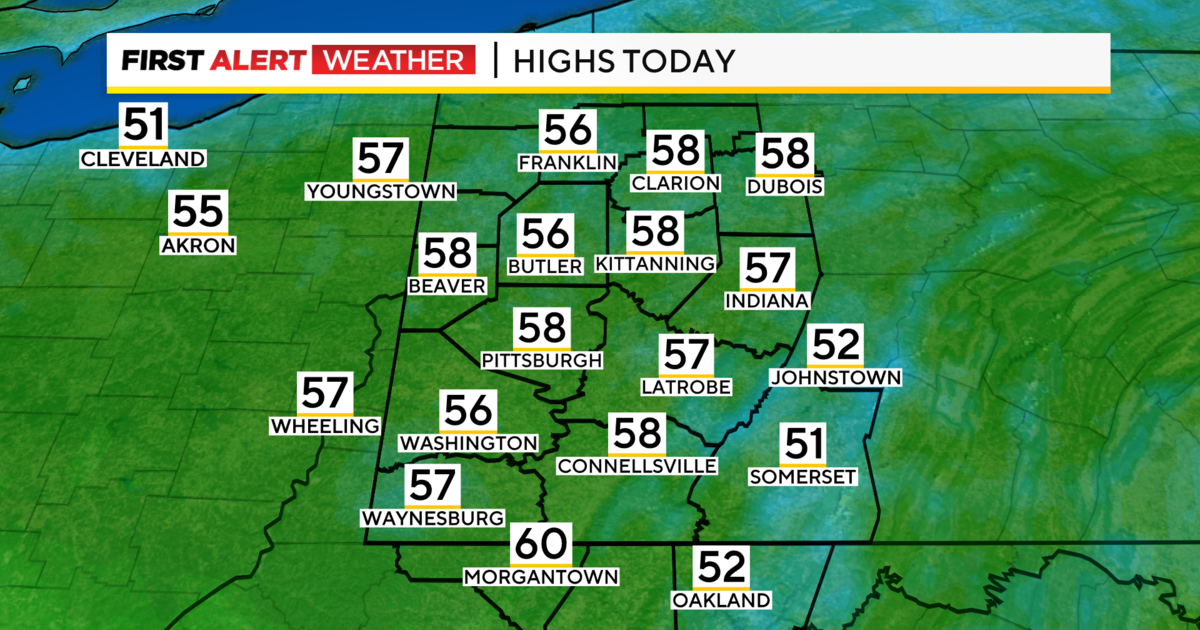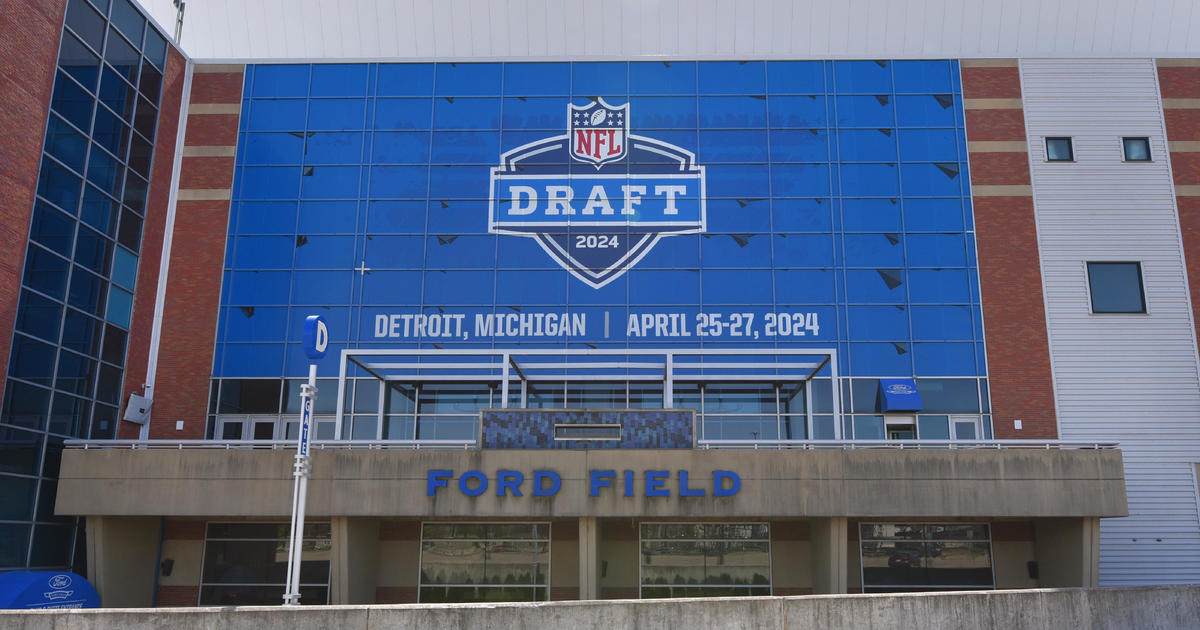How to see the harvest supermoon
The final supermoon of 2023 will shine in the sky tonight as September comes to a close.
September's full moon, also known as the harvest moon, will be the last of four consecutive supermoons.
What is a supermoon?
The supermoon phenomenon occurs when the moon's orbit is closest to Earth at the same time as the moon is full, according to NASA. The upcoming supermoon will be about 224,854 miles from Earth; the moon's distance from Earth varies between about 221,457 miles, and 252,712 miles.
Supermoons are usually about 16% brighter than an average moon. They also appear bigger than the average full moon. According to NASA, it's similar to the size difference between a quarter and a nickel.
This month's supermoon will appear about 5% bigger and 13% brighter than the average full moon of 2023. August's super blue moon was the biggest of the year.
When to see the "Harvest" supermoon
The supermoon will rise between Thursday night and Friday morning. It will reach peak illumination at 5:58 a.m. EDT Friday, Sept. 29, according to the Farmer's Almanac.
The U.S. Navy moonrise calendar can be used to check exact times for your region.
Why is this full moon called the "Harvest" moon?
The "Harvest" moon is the full moon nearest the autumnal equinox, according to NASA.
It got its name because September is a critical month for crop harvesting in the Northern Hemisphere, according to the Farmer's Almanac. Sometimes the "Harvest" moon occurs in October.
August's two full moons were dubbed the "Sturgeon Moon" and "Blue Moon." October's upcoming full moon will be called the "Hunter's Moon."
How to see and take pictures of the supermoon
All you need to do is go outside and look up, NASA says. A telescope or binoculars will magnify the moon and clarify details on its surface.
If you're looking to snap some shots of the moon, NASA advises using something to stabilize your cellphone or camera. Turn the flash off and focus the camera on the moon rather than on the sky. Using a timer can help you avoid jostling the phone or camera as the picture is being taken. People with a telescope can also take pictures through its eyepiece.
NASA has a full lunar photography guide available online.



